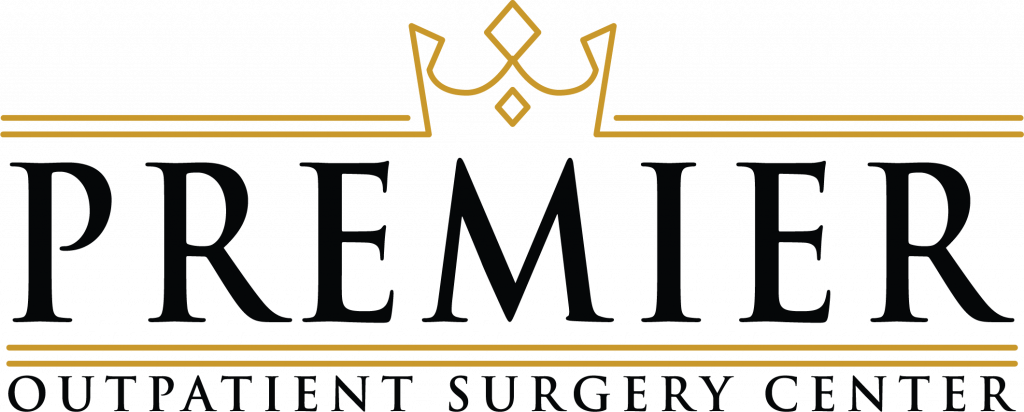Skin Graft
Skin grafting is a procedure that is used to reconstruct damaged skin tissue or temporarily cover a wound. A portion of skin is surgically removed from one part of the body, called the donor site, and transplanted to the damaged area. When skin is burned or wounded extensively, this surgical procedure can protect a patient’s skin and overall health. A skin graft can prevent bacterial or viral infections, regulate body temperature and protect the body from fluid loss.
There are two types of skin grafts: split-thickness grafts and full-thickness grafts. A split-thickness graft involves removing the outermost layers of the skin, the epidermis and part of the dermis, from the donor site. Used for more severe injuries, a full-thickness graft removes all layers of the skin. Full-thickness skin grafting is complicated and creates a larger wound at the donor site but also provides more natural looking results at the originally wounded area.
What to Expect
A skin graft procedure is usually performed under general anesthesia. Once the graft is removed from the donor site and transplanted to the new area, it is held in place with several stitches and a padded dressing. The donor site will also be covered with a sterile dressing and should heal within several days. After the surgery, the patient should wear a dressing for one to two weeks and avoid any exercises that may stretch the graft. Patients may experience a longer recovery period for full-thickness grafts. While most skin grafts are successful, patients may require another graft if the first does not heal properly.
How to Prepare
Pre procedure use of medication should be discussed with your primary care physician prior to your scheduled procedure date. Before the procedure, your physician may request that you do not eat or drink eight to 10 hours before the procedure and stop taking certain medications.
